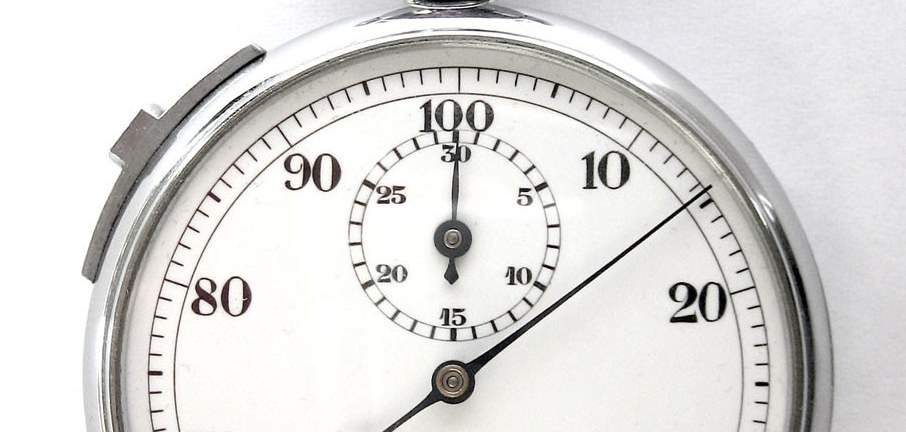Platform. Tilt. Resolution. Improv.
There’s one concept my improv coach, Brad, has tried beating over our heads for nearly a year. It wasn’t until last week that it finally made sense to me. To paraphrase: “Every scene,” he said, “is based on a platform, tilt and then a resolution. In other words someone sets something up, something is done to make things weird, and then something resolves the problem.”
An example could be:
- A man goes to the grocery store for milk (platform)
- The clerk insists drinking eggs are just as good and that’s what the man should do (tilt)
- The man decides this clerk is right (resolution)
Another example:
- A wife is upset at her husband for being late to come home (platform)
- The husband says he was late because he needed to save orphans from a fire (tilt)
- The wife accepts that excuse (resolution)
All good scenes consist of a series of platforms, tilts, and resolutions.
In a 'crazy man/straight man' scene the straight man will give the platform, the crazy man the tilt, and generally it’s up to the straight man to resolve it.
In 'peas in a pod,' the two people find it in a single voice.
When I first heard this idea, I thought it was exactly the same as other improv framings. I thought of the tilt as finding the first crazy thing and the resolution as the end of the scene. I saw how each resolution was the grounds for the next platform and how each move was a shift in status.
It didn’t hit as a new concept until last week when we ran two exercises.
In the first exercise, two players started a scene and the coach stopped it after fifteen seconds, thirty seconds, forty five seconds, a minute, or two minutes. Because none of us knew how long the scenes would last, we started with huge ideas, but not ideas so ridiculous that we couldn’t play them for two minutes if needed. It was far more fun than our normal scene work, and it set the stage for the next exercise.

In the next exercise we were asked to edit the scene whenever there was a resolution. In other words, a scene could be as short as a guy picks up a pen (platform), the pen is encoded with a secret treasure map (tilt…way too plotty, but let’s roll with it), and the two go off to find treasure (resolution and hence the edit).
Most were simpler than that. A cleaning lady confronts a housewife (platform) about her laziness (tilt), and the housewife explains how rich people are inherently better (resolution and edit).
This exercise showed me I’m strong at beating the hell out of an established game and can lay the groundwork for a solid tag run, but I need major work on this fundamental part of improv.
Specifically, understanding my initial surroundings (the platform), and instead of just playing on that, saying something enough out of left field to create a tilt.
Resolutions are great, but tilts are where the fun is.

